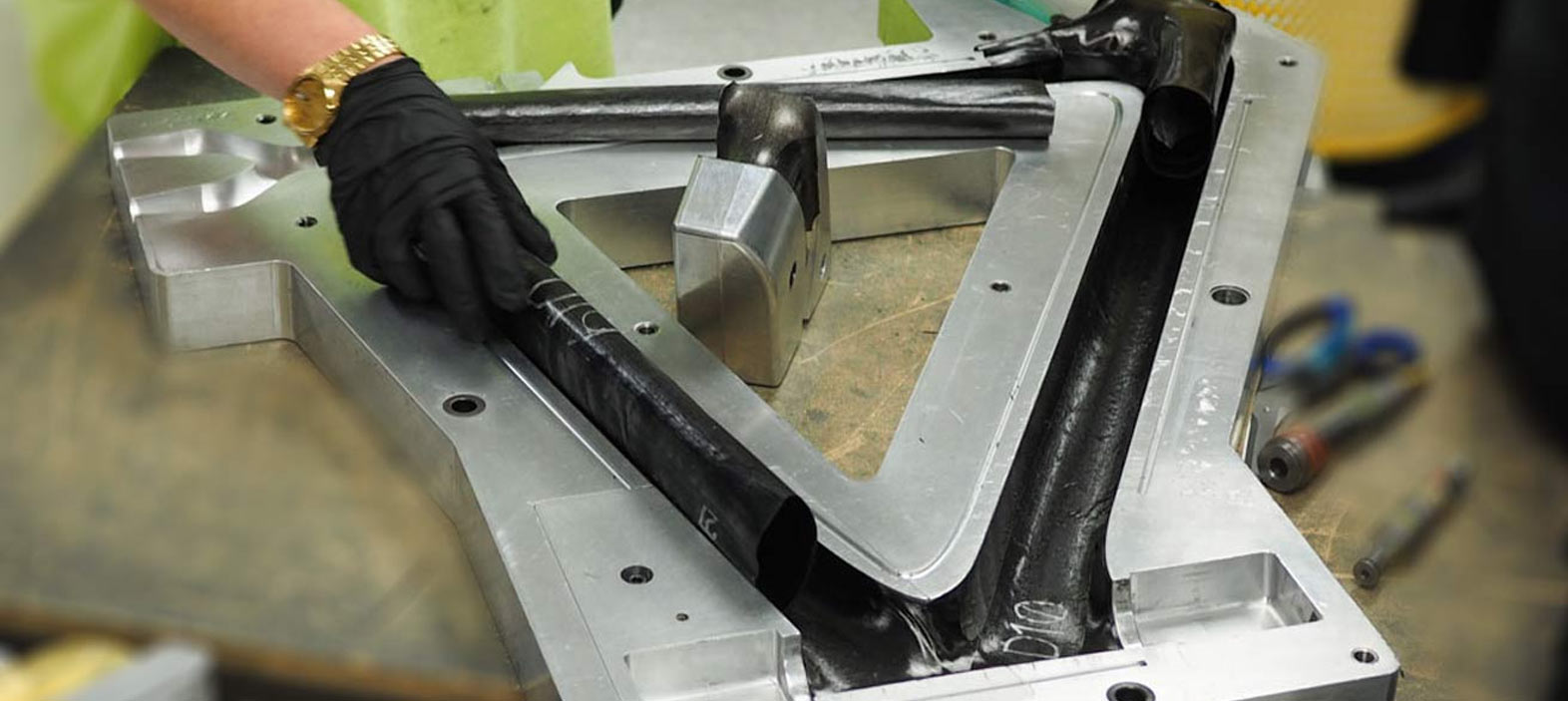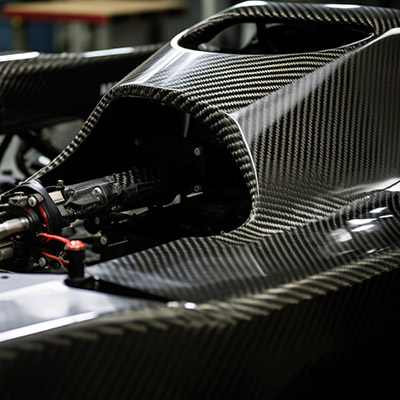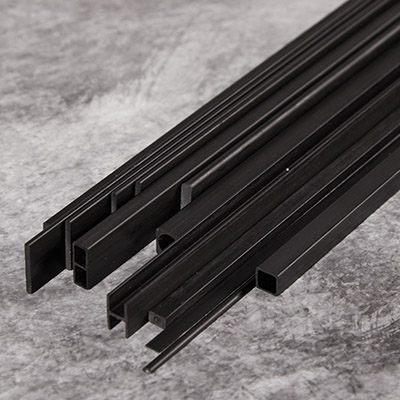
Everything You Need to Know About Bladder Molding Process
👁 Reads: 1019
Bladder molding is a popular manufacturing process used in the production of high-performance carbon fiber composite parts. Carbon fiber is a lightweight, high-strength material that is commonly used in the aerospace, automotive, and sporting goods industries. Bladder molding is an ideal process for producing carbon fiber parts with complex shapes and high-quality surface finishes.
How Does Bladder Molding Work with Carbon Fiber?
The bladder molding process for carbon fiber involves the use of a flexible bladder made of a heat-resistant material such as silicone or rubber. The bladder is placed inside a mold, and the carbon fiber material is layered around it. Once the composite material is in place, the mold is closed, and the bladder is inflated, exerting pressure on the composite material. This pressure ensures that the composite material conforms to the shape of the mold and eliminates any air pockets or voids. The curing process then begins, and the carbon fiber is cured under heat and pressure. Once the curing process is complete, the mold is opened, and the bladder is removed, leaving behind a high-strength, lightweight composite part.
Advantages of Bladder Molding with Carbon Fiber
Bladder molding is an advantageous process for manufacturing carbon fiber composite parts due to the following reasons:
- Excellent Surface Finish - Molding produces carbon fiber parts with a smooth and consistent surface finish. This finish is ideal for parts that require a high-quality aesthetic appearance.
- High Strength-to-Weight Ratio - The composite parts produced through the process have a high strength-to-weight ratio. This means that the parts are lightweight but can withstand high stress and strain.
- Complex Shapes - Bladder molding can produce parts with complex shapes, making it an ideal process for creating parts with intricate geometries.
- Low Cost - A cost-effective manufacturing process compared to other methods such as autoclave molding, this is because it does not require the use of expensive equipment, and it has a relatively short production cycle.
Applications of Bladder Molding with Carbon Fiber
The applications are vast and include:
Aerospace - Commonly used in the aerospace industry to produce carbon fiber parts such as wing skins, fuselage panels, and engine nacelles.
Automotive - Used in the automotive industry to produce carbon fiber parts such as body panels, spoilers, and structural components.
Sporting Goods - Used in the sporting goods industry to produce carbon fiber parts such as bicycle frames, golf club heads, and tennis rackets.
Limitations of Bladder Molding with Carbon Fiber
While bladder molding is a cost-effective and advantageous process for producing carbon fiber composite parts, it does have some limitations. For example, it may not be suitable for parts that require high strength and stiffness, and it may not be the best choice for parts that require a high degree of accuracy and repeatability.
Choosing the Right Composite Manufacturer for Bladder Molding with Carbon Fiber
When choosing a composite manufacturer with carbon fiber, there are several factors to consider to ensure that you choose the right one. Here are some key considerations:
Experience
Look for a manufacturer with experience in bladder molding and carbon fiber composites. This expertise is essential to ensure that the final product meets your requirements and specifications.
Quality
Quality is paramount when it comes to composite manufacturing. Ensure that the manufacturer has a proven track record of producing high-quality, durable products that meet or exceed industry standards.
Capacity
Check that the manufacturer has the capacity to handle the volume of production you require. A manufacturer with limited capacity may not be able to meet your production timelines.
Customization
If you need custom-made products, ensure that the manufacturer has the capability to deliver custom solutions that meet your exact specifications.
Certifications
Check if the manufacturer has relevant certifications such as ISO 9001 or AS9100. These certifications demonstrate that the manufacturer has processes in place to maintain quality standards and ensure customer satisfaction.
Cost
While cost is an important factor, it should not be the only consideration. Ensure that the manufacturer offers competitive pricing for their products while maintaining the necessary quality and capacity.
Communication
Choose a manufacturer that communicates clearly and effectively. You want to work with a manufacturer who is responsive and proactive in addressing your needs and concerns.
By considering these factors, you can choose a composite manufacturer that will deliver high-quality, reliable products that meet your requirements and specifications.
Bladder Molding vs. Autoclave Molding
Bladder molding is often compared to autoclave molding, another manufacturing process used in the production of composite parts. Autoclave molding involves curing composite materials under heat and pressure inside an autoclave, a pressure vessel that uses steam or another gas to apply pressure.
While both bladder molding and autoclave molding produce high-quality composite parts, the former offers several advantages over the latter. For example, it is a cost-effective process that does not require the use of expensive equipment such as autoclaves. Additionally, the process can produce parts with complex shapes, making it an ideal process for creating parts with intricate geometries.
However, autoclave molding does have some advantages over the other. For example, autoclave molding can produce parts with higher strength and stiffness. It is also better suited for parts that require a high degree of accuracy and repeatability.
While there are several advantages over other manufacturing processes, including autoclave molding, it does have some limitations. The process may not be suitable for parts that require high strength and stiffness, and it may not be the best choice for parts that require a high degree of accuracy and repeatability.
Overall, bladder molding is a valuable manufacturing process that can produce high-quality composite parts at a lower cost than other methods. If you are considering using bladder molding for your next project, it is important to work with a reputable and experienced composite manufacturer to ensure that your parts are produced to the highest quality standards. With the right partner, the process can help you achieve your goals and create parts that are strong, lightweight, and visually appealing.
Conclusion
In conclusion, bladder molding is a valuable manufacturing process for producing high-quality carbon fiber composite parts with complex shapes and high-quality surface finishes. The composite parts produced have a high strength-to-weight ratio and are commonly used in the aerospace, automotive, and sporting goods industries. If you are considering using bladder molding for your next carbon fiber composite project, it is important to work with an experienced and reputable composite manufacturer to ensure that your parts are produced to the highest quality standards.





